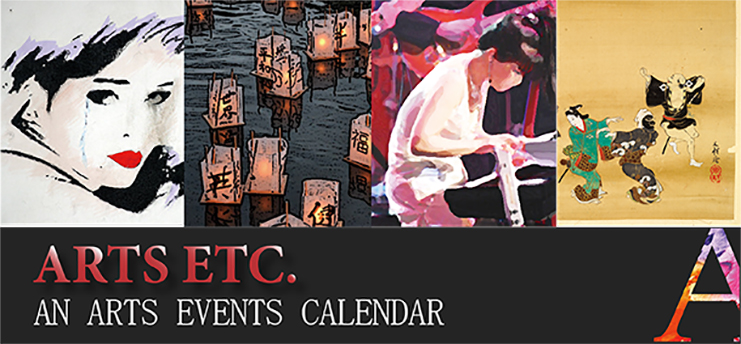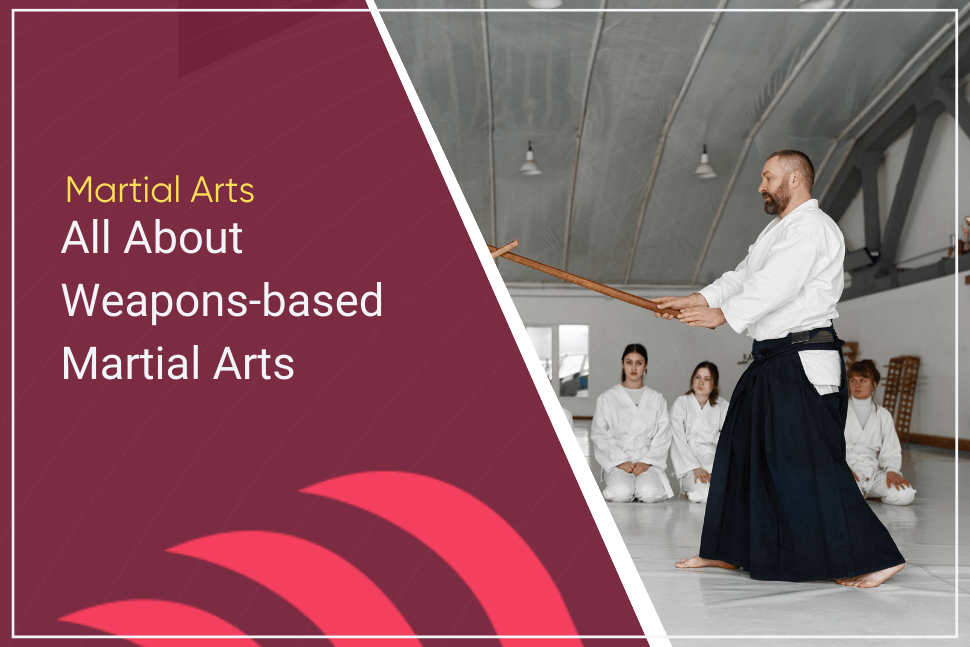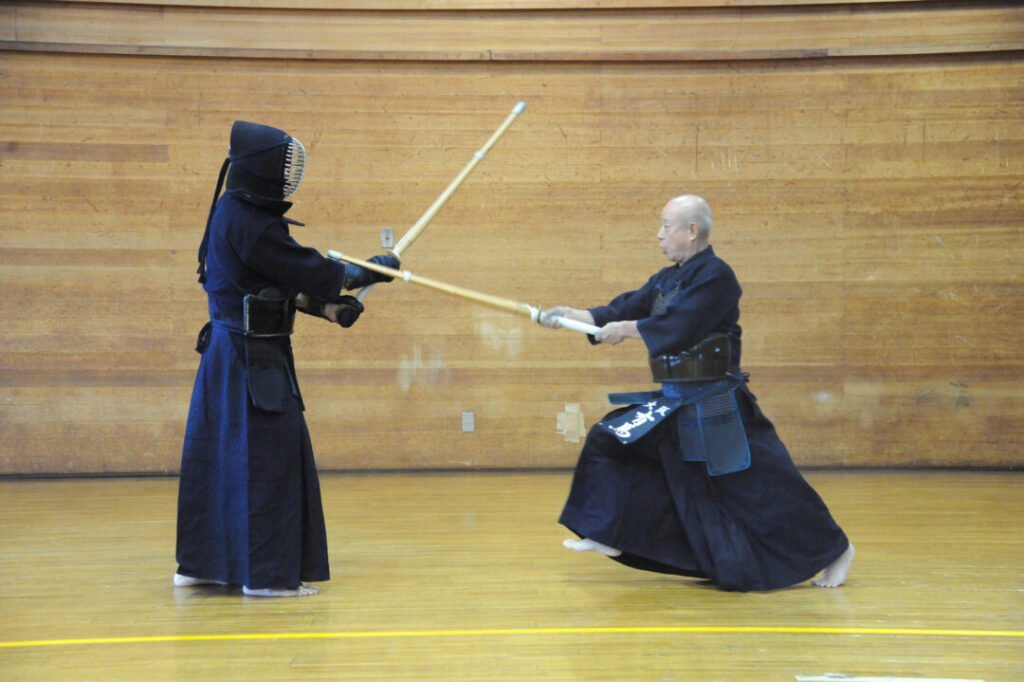As practitioners delve deeper into the world of Kendo, a question often arises: is there a definitive essence that encapsulates this revered martial art? The pursuit of mastering Kendo goes beyond mere physical skills; it delves into the realm of mind, spirit, and tradition. In this blog, we aim to unravel the mystery shrouding the concept of the Kendo essence. What makes Kendo more than just a sport? Is there a hidden element that connects all practitioners on a profound level? Join us as we explore Kendo’s rich history, cultural significance, and philosophical underpinnings to uncover whether there truly exists a unique essence that sets it apart from other martial arts.
#NewProfilePic pic.twitter.com/Sm5H6S4XZE
— Kendo (@kendollito) April 16, 2021
Introduction to Kendo
Kendo is a traditional Japanese martial art steeped in history and tradition. The practice involves using bamboo swords (shinai) and protective armour (bogu) to engage in controlled combat. Dating back to the samurai warrior class, Kendo emphasizes discipline, respect, and the development of one’s character through rigorous training and adherence to etiquette.
The Essence of Kendo
At the heart of Kendo lies the concept of “kikentaiitchi,” which means to synchronize body, sword, and spirit. Practitioners strive to achieve a harmonious unity of these elements, which is believed to be the essence of Kendo. This unity enables the practitioner to make precise strikes with speed and accuracy while maintaining a focused and composed mindset.
Techniques and Training
Training in Kendo involves a combination of basic strikes, footwork, and sparring exercises. The ultimate goal is to develop precision, agility, and mental fortitude. Kendo practitioners often engage in rigorous practice sessions, known as Keiko, to hone their skills and cultivate the principles of the art.
- Suburi: Basic swinging exercises to develop proper form and strength.
- Kata: Pre-arranged forms or sequences that teach specific techniques and strategies.
- Jigeiko: Free sparring matches to test skills in a more dynamic setting.

Understanding the Essence of Kendo
Kendo, the traditional Japanese martial art, embodies a unique essence that goes beyond mere physical combat. Practitioners often wonder, “Is there a special element that sets Kendo apart?” Indeed, the essence of Kendo lies in its profound blend of discipline, respect, and spiritual growth.
The Philosophy of Kendo
Central to Kendo is the concept of “katsu jin ken,” which translates to “the sword that gives life.” This philosophy emphasizes using one’s skills not to harm others but to foster societal peace and harmony. Through rigorous training, practitioners cultivate virtues such as integrity, perseverance, and respect.
The Practice of Kendo
In Kendo dojos, students engage in Keiko or sparring sessions, where they learn to strike precise, controlled blows with a shinai bamboo sword. These sessions improve physical agility, mental focus, and concentration. The rhythmic sound of strikes reverberating in the dojo creates a sense of unity among practitioners.
Exploring the Special Elements of Kendo
Kendo, a Japanese martial art that focuses on discipline and technique, encompasses various particular elements that make it a unique practice. One of the core components of Kendo is the concept of harmony between the mind, body, and sword. This balance plays a crucial role in the precision and fluidity of movements in Kendo.
The Philosophy of Ki in Kendo
Central to Kendo is the philosophy of ki, the life force or energy that practitioners aim to harness and channel through their movements. By cultivating ki, kendoka can achieve heightened awareness and focus, leading to improved performance and mental clarity during practice and competition.
Exploring the essence of Kendo, practitioners strive to understand the interplay of physical skill and spiritual depth, embodying the principles of whether a kendo essence transcends mere technique.
The Importance of Etiquette in Kendo
Etiquette, or reign, is another crucial element in Kendo that governs the behaviour of participants both inside and outside the dojo. Bowing, respect for opponents, and adherence to tradition are integral aspects of Kendo etiquette, emphasizing humility and honour in every interaction.
- Kendo practitioners are expected to demonstrate respect towards their opponents and teachers at all times.
- Etiquette plays a significant role in fostering a spirit of camaraderie and mutual respect among practitioners.

Significance of Kendo Practice
Kendo, the traditional Japanese martial art of swordsmanship, holds a deep significance beyond mere physical activity. It embodies a blend of physical, mental, and moral elements contributing to its unique essence. Practitioners of Kendo often find themselves immersed in a journey of self-discovery and discipline, striving to achieve a harmonious balance between mind and body through rigorous training and practice. The essence of Kendo lies in the kendo essence, a concept that emphasizes the spiritual and philosophical aspects of the art.
Physical Benefits
Engaging in kendo practice offers a range of physical benefits, including improved strength, agility, and coordination. The dynamic movements involved in Kendo help to enhance cardiovascular fitness and promote overall physical well-being. Additionally, the repetitive nature of kendo strikes and footwork reinforces muscle memory and body control.
Mental Development
One of the critical aspects of Kendo is its focus on cultivating mental discipline and control. Practitioners learn to maintain a calm and focused mindset even in the face of adversity. This mental fortitude nurtured through kendo practice can be applied to improve mental resilience in various aspects of life.
Philosophical Insights
At the heart of Kendo lies a deep-rooted philosophy thaemphasisingspect, honour, and self-improvement. The practice of Kendo teaches individuals not only to master the art of swordsmanship but also to embrace the kendo essence of humility and integrity. By embodying these values, practitioners strive for personal growth and contribute positively to their communities.
Enhancing Skills through Kendo
Practising Kendo not only hones your physical agility and mental focus but also instils in you a deeper understanding of discipline and respect. These fundamental traits are the essence of Kendo, emphasizing the importance of self-improvement and self-awareness.
Understanding the Kendo Philosophy
Central to Kendo is the belief that every strike is an opportunity for self-reflection and improvement. Practitioners are encouraged to embody the principles of budo—the Martial Way—which underlines the significance of etiquette, respect, and perseverance in mastering this art.
Developing Mental Resilience
Engaging in rigorous Kendo training cultivates mental strength and resilience, preparing practitioners to face challenges both on and off the practice mat. The focus is whether a kendo essence encourages individuals to push beyond their limits, fostering a never-give-up attitude that transcends the dojo.

Frequently Asked Questions
- What is Kendo Essence?
- Kendo Essence refers to the core principles and values of Kendo, a traditional Japanese martial art that emphasizes discipline, respect, and self-improvement.
- What sets Kendo apart from other martial arts?
- Kendo is distinct in its use of bamboo swords (shinai) and protective gear (bogu) to simulate combat while focusing on the development of the mind, body, and spirit.
- Is there a unique element that distinguishes Kendo from other activities?
- Yes, Kendo’s special element lies in its emphasis on the concept of ‘Ki-ken-tai-ichi’ (unity of spirit, sword, and body), which is believed to be the essence of the art.
- How does Kendo promote personal growth and character development?
- Through rigorous training, etiquette, and the cultivation of mental fortitude, Kendo practitioners aim to build character traits such as perseverance, humility, and a strong sense of ethics.
- Why is understanding the Kendo Essence important for practitioners?
- Understanding the Kendo Essence is crucial as it enhances one’s performance in the art and fosters a deeper connection to the traditions and philosophies that underpin It.
Unlocking the Essence: Embracing the Art of Kendo
Throughout our exploration of Kendo, we delved deep into the question of whether there truly exists a particular essence within this martial art. As we peeled back the layers, we discovered that the essence of Kendo is not a tangible element but rather a spiritual and philosophical core that binds practitioners together. The discipline, respect, and commitment embedded in Kendo serve as the foundation for personal growth and self-discovery.
While the concept of a distinct kendo essence may differ among practitioners, one thing remains clear – the transformative power of this ancient art. By embodying the principles of Kendo both on and off the dojo, individuals can cultivate their swordsmanship, character, and mindset.
In conclusion, the kendo essence is not a mythical force but a guiding light that illuminates the path to self-improvement and enlightenment. Through dedication and practice, every kendo enthusiast has the opportunity to uncover this essence within themselves and embark on a fulfilling journey of personal development.

